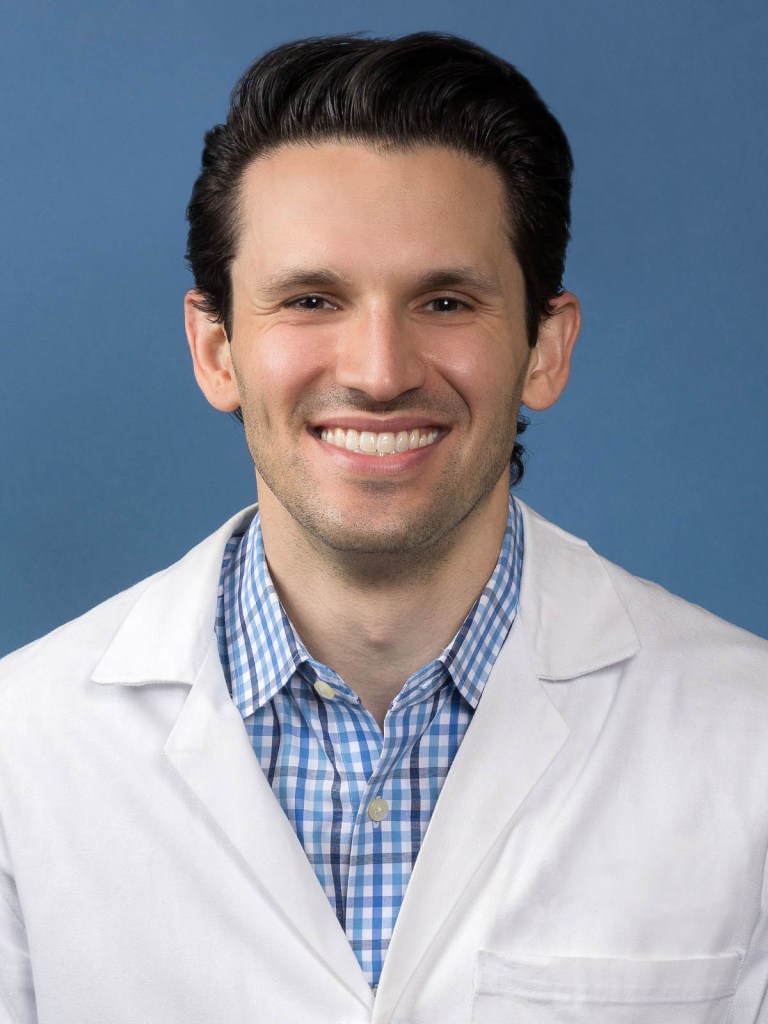Hospital industry on track to reach dangerous occupancy levels by 2032
Potential solutions include models that substitute certain hospitalizations with office-based care.

The hospital industry is on track to reach dangerous levels of occupancy if current trends continue, researchers say.
Demographic patterns and hospital-bed capacity levels in their current state will push the industry by the year 2032 to surpass 85% occupancy, a level considered dangerous to patients, according to a research letter published by JAMA Network Open on Feb. 19.
“It’s a pretty big issue,” said Alexander Janke, MD, MHS, a clinical assistant professor in the department of emergency medicine at the University of Michigan, Ann Arbor, who was lead author of an accompanying commentary for JAMA Network Open.
“I don’t know if you’ve been stuck in an emergency department for hours or days with loved ones, but lots of folks are and it’s quite unpleasant,” Janke said.
Richard Leuchter, MD, lead author on the research letter titled “Health Care Staffing Shortages and Potential National Hospital Bed Shortage,” said that beyond the short-term effects of increased wait times, as hospitals get more crowded, adverse events increase. Leuchter is an assistant professor of medicine at the David Geffen School of medicine at UCLA, Los Angeles.
More than a boarding problem
“Literature has shown that once you have relative staff insufficiencies compared to the number of patients, then you start to get delays in administering critical antibiotics; You start to get medication errors and mix-ups,” Leuchter said. “And that’s pretty notable.”
A separate 2024 JAMA study of 2,428 patient records by Harvard University and University of California-San Francisco researchers concluded that 23% of those studied – either patients who were transferred to the ICU or who died in the hospital – suffered diagnostic errors. Moreover, of those 550 patients, 486 (or 17% of all patients studied) experienced some sort of harm.

The aging of the 73 million-strong baby boom generation feeds that problem by demanding more hospital services as they age and near death.
The more recent research letter notes that avoiding over-occupancy likely will require difficult changes in staffed bed levels or the amount of demand from patients seeking care. “An increase in the staffed hospital bed supply by 10%, reduction in the hospitalization rate by 10%, or some combination of the two would offset the aging-associated increase in hospitalizations over the next decade,” the authors wrote.
Supply side solutions
Leuchter said he sees two core solutions that could affect the supply of hospital beds available. “We’ve had an unacceptably alarming rate of hospital closures and bankruptcies in the last five to ten years. And we have to put an end to that,” he said.
The other avenue for relief on the supply side is staffing, and hospitals already are fighting to keep fully staffed, which is a generally difficult prospect.
“Hospital care is like a bundle of goods,” Janke said. Aside from the physical bed, boosting capacity means adding more nurses, doctors, therapists of various types, plus capacity is needed in imaging, testing, oxygen, IV fluids and drugs.
There are ways hospitals can improve their operations, such as better coordination of operating room usage, he said.
Hospitals can coordinate with their surgical teams to spread out procedures across the week and not overlap much with periods of predictable volume spikes in the emergency department.
“But you can only spread the load if you’re coordinating and [are] really dedicated to this problem at the very highest level of the health system. You need leadership from the very highest levels of the hospital,” Janke said.
Hospital care in an office

While it might seem counterintuitive, some strategies can affect the demand side of the equation. Many of those fall under population health and public health programs and are generally long-term pay-off solutions. More immediately, UCLA Medical Center, where Leuchter works, has developed an approach that has reduced demand by the needed 10%.
“We launched at UCLA a new care model called the next day clinic, which is a hospital avoidance clinic. It allows us to substitute certain hospitalizations with office-based care,” Leuchter said.
It is a specialty clinic that basically delivers hospital level care, but in an office.
“We give them an IV and antibiotics,” he said. “We can do remote cardiac live monitoring. We can do breathing treatments, everything they would normally get in the hospital. But after they visit our clinic, they get to go home and they sleep in their own bed … and then they can come back to our clinic the next day.”
The approach was pioneered at UCLA Medical Center, Leuchter said. It was successful enough to lead UCLA to add it to its flagship, Ronald Reagan Medical Center, and soon spread to Santa Monica UCLA Medical Center.
Leuchter added that there is plenty of time to avert the bed shortage, but it’s going to take effort from every level: patients, physicians, policymakers and health system leaders. “Everybody has to get behind these types of initiatives and we have to approach it both from the supply and demand side, but we can make progress.”





